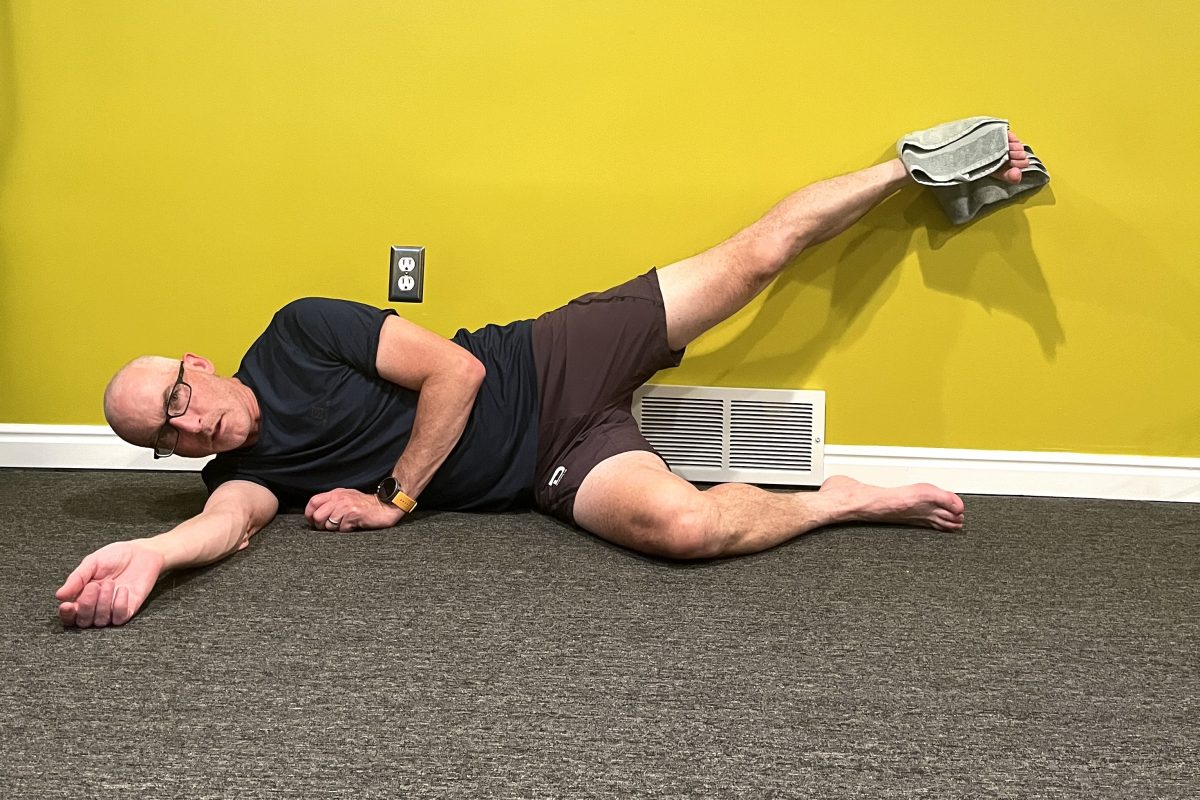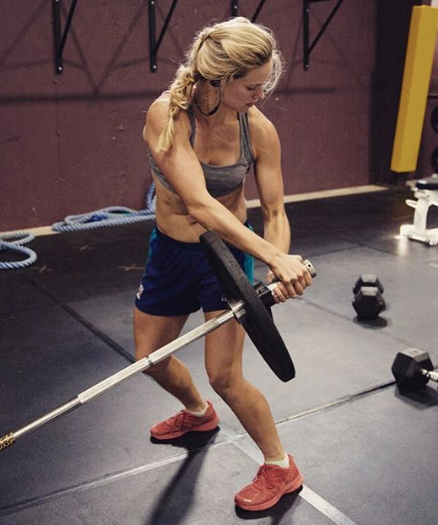This article originally appeared in <SkiPost. Chad Giese is now in Sweden preparing for this weekends Swedish Vasaloppet. His old Subaru Factory Team mates Unni Odegaard and Magnus Erickson are taking care of him. Unni just won the skating Vasa on Tuesday. Chad took part in a Vasaloppet ceremony where he met the Mora-Nisse, the Vasaloppet legend with 9 victories. Chad, Magnus and Henrik Erickson skied the last 24 k of the event Thursday. Henrik is the 2001- Vasaloppet champion and twin brother to Magnus.Â
You see kilometer marker 49 slowly approach and wonder where the extra energy is going to come from to push hard to the finish. But you realize that this is what you have trained so hard for, so you dig deep and trust that what you did last summer and fall is enough, not to mention the heaping plate of pasta and bowl of oatmeal. But what is the right way to train for a 50km.Â
 I don’t think that I am the best example to follow for this, because I don’t train for marathons. I do, however, think parts of my training plan may have some benefits even for those concentrating on marathons. The first three months of the year I am traveling the US racing the Supertour Series. This series consists of sprint races, 10km, 15km, and 30km in both mass start and interval formats. The speed, strength, quickness, and intensity sessions that I do, prepare me for these shorter races in the early season. These early season races, in turn seem to be a necessary element on the ASMS marathon circuit as well.
 Each marathon we do is different. From the field of skiers to the course characteristic, from the weather to how we feel, each marathon ends up being a unique experience. There are some broad similarities though. 1) The start is fairly fast. This thins out the field up front and breaks the race up. The 10km races make these fast starts possible. 2) At some point in the race there is a fast surge that further divides the field. Again, the shorter races allow us to react to this and switch gears to increase our speed. 3) The marathons are long. The amount of racing we do in the first half of the season gets us in great race shape and trains our body to deal with intensity. Racing up to 5 races in a week also gives us the endurance to sustain a high intensity for upwards of 2 hours. 4) Lastly, all marathons end in sprints. It is really difficult to win a marathon if you don’t have a good sprint, and if you’ve been following the ASMS marathon circuit you will notice that most races this year were decided in the last 500 meters. The sprint and shorter races give us the ability to get to top speed even after 2 hours of racing and our muscles are heavily fatigued.Â
 Should every marathon skier train like I do? Probably not. The point I want to get across is: do as many shorter races as you can throughout the year. They will only help prepare you for a good marathon giving you the speed to get a good start, the endurance to ski hard for 2 hours and the sprint to pass your competition at the finish. Skiing marathons is a great way to learn how to race a marathon, don’t forget about the shorter races.Â
 Will this training help me with the 90km Swedish Vasaloppet? We’ll see soon.
 Race on,
Chad Giese,
 Champion: Mora Vasaloppet 2002, 2003, 2004; City Of Lakes Loppet 2003, 2004




